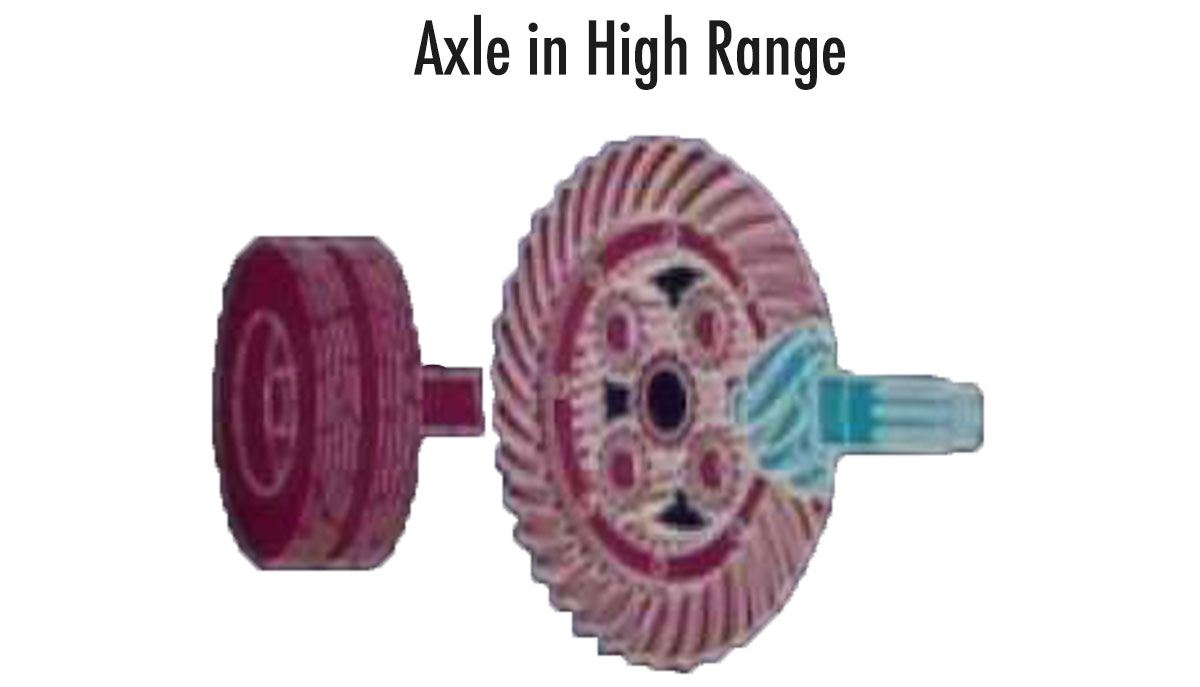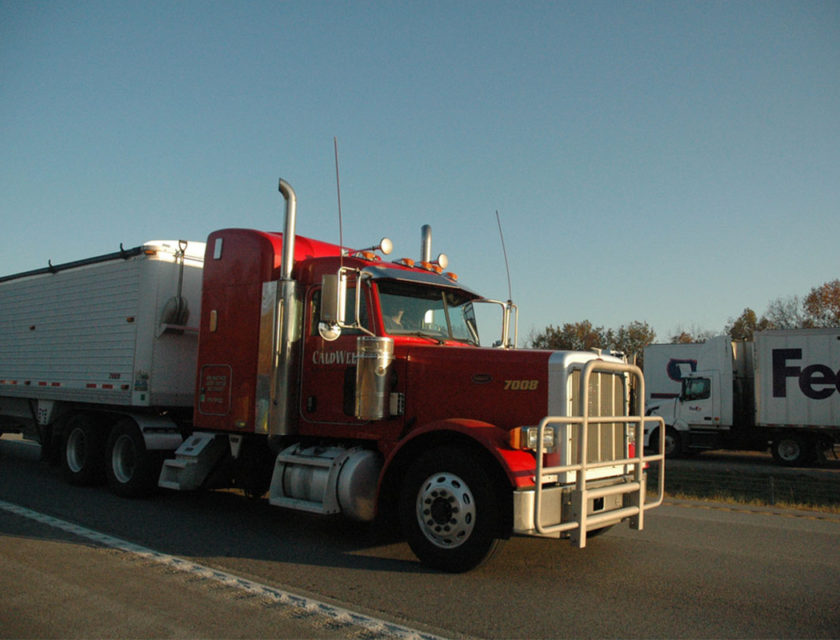What if I told you that 2-speed differentials work? Although modern consumer trucks don’t use the 2-speed differential, older medium-duty, and heavy-duty trucks do. We know many of us don’t really know how a 2-speed differential works, so we’re going to explain it to you.
We’re going to talk about how they work, and why you would even want one. We know understanding something like this can be difficult, so we’ve including a YouTube video down below to help explain it.
Benefits of a 2-Speed Axle
If you need to haul a heavy load you’ll want a really low gear rear end. This will multiply the torque, effectively making the wheel torque much greater, allowing you to tow heavier loads.
However, a low gear limits your cruising speed, as it makes your engine RPM high. The only way to have both tons of pulling power and good cruising speeds is to have a 2-speed differential.
In modern trucks, a 2-speed rear end isn’t really necessary, which is why they are far less common now. Back in the day trucks didn’t have that much horsepower and torque.
Today in 2017 you can buy a 3/4 ton truck with 910 lb-ft of torque right off the showroom floor. With 910 lb-ft you don’t need nearly as much torque multiplication, allowing for a lower differential gear ratio.
How it Works
In a standard differential, the wheels are the ring gear rotate at the exact same speed. The gear ratio is determined by the pinion gear and ring gear relationship. If you want more pulling power you need a lower gear ratio pinion and ring gear installed.
If you want more cruising speed to need a higher gear ratio.
The 2-speed axle works on the same basic principles, but with an added planetary gear set inside the ring gear. In high range, the planetary gears don’t do anything and the differential works totally normal.
This works by sliding a clutch gear meshing with the high range clutch plate.

When the low range is selected, the sliding clutch gear engages with the low range clutch plate. This disengages the high-speed clutch plate and makes the ring gear completely stationary. This forces the planetary gears to rotate on the inner ring gear teeth.
The planetary gears rotate on the clutch gear at 1/3 of the ring gear speed. This happens because of the number of teeth on the planetary gears in relation to the number of teeth on the inner ring gear. This drives the wheels the 1/3 slower than high range. This adds torque multiplication which increases pulling power.
High range wheel speed = Ring gear speed.
Low range wheel speed = Planetary speed which is 1/3 less than ring gear speed.
Most of the time this is all activated by a diaphragm which relies on engine vacuum. There is typically a push/pull button on the shifter. Up is for high gear, down is for low gear.
Summary
Although 2-speed differentials aren’t really necessary any more thanks to modern engines, they’re pretty cool. Trucks that pull massive loads (50k lbs+) might still use the 2-speed axle since they still need a lot of torque multiplication.
We hope this short article helped explain how the 2-speed diff works. Check out the video below which explains it in more detail.
Disclosure: As an Amazon Associate, I earn from qualifying purchases made through links on this website.



My late father drove a D series Ford with a 2 speed rear axel
helped a lot thank you will keep posted for more info
I have acquired a mid 70s F 600 with a 2 speed rear end trying to learn all I can about this old truck
Thanks
My great uncle Mac was the inventor of two speed axles. He worked for Eaton. He was also the inventor of hydraulic lifters.
I have a 1997 for super duty. I would like to put in a 2 speed axel. How can I do this?
Why tho, like it’s a modern vehicle and probably not necessary due to having more gears
did you ever find out anything?
this is a great explanation of how one type of 2 speed axle works, but there is another type, that i believe was manufactured by detroit timken axle company (which became rockwell) that was used in the 40’s and 50’s that had 2 gear sets side by side. a breakdown of this type of axle can be found here http://chevy.oldcarmanualproject.com/shop/1948_51truck/51ctsm0428.htm
Thanks for this article Bryce and thanks Levi for the additional page. I dont know why I just now got to wondering how a 2-speed rear end was constructed. Well over 50 years ago, when attending Humboldt State College I had a part time job for a couple of years driving a school bus for a small rural elementary school.
I was also taking classes that involved field trips to mountain areas. The college had two short, front-engine school buses for such field trips. Since I had a bus driving licences I was recruited to drive these buses on many field trips, even for classes in which I was not enrolled.
Both of those smaller busses had 2-speed rear ends. One was vacuum actuated and the other electric-servo actuated. The mountain driving required a lot if split-shifting at which I was not overly deft. As best I recall I could do fine with the vacuum shifted one but too often crunched gears with the other bus, to much hooting and jeering, “grind me a pound” and such, from my fellow students. I was greatly embarrassed of course so didn’t particularly crave the jobs.